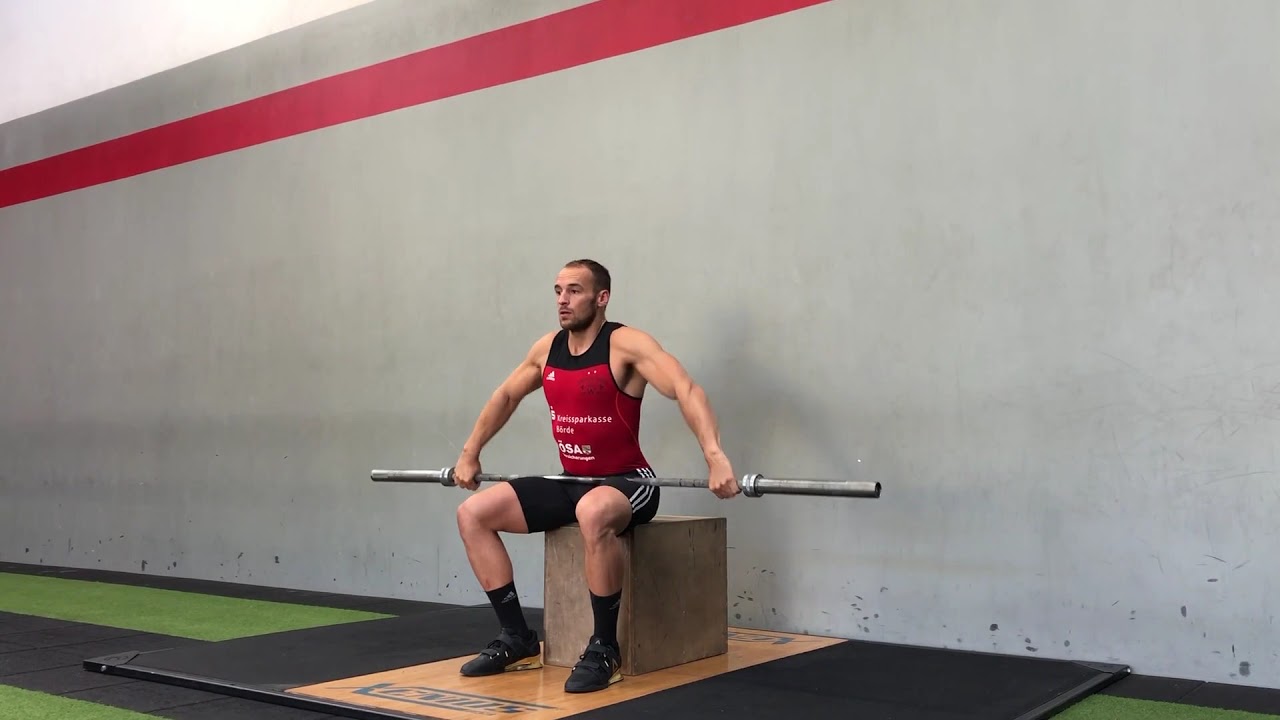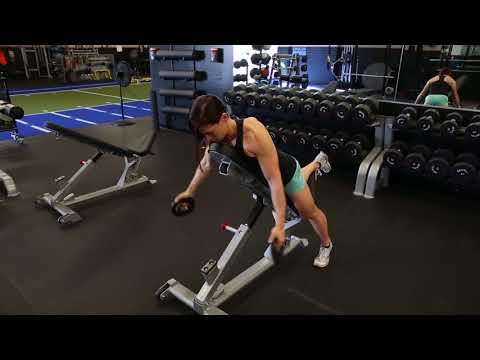Renegade Row Alternatives: 7 Best Substitutes
In most cases, a suitable Renegade Row alternative is an exercise that activates the back muscles and the biceps at a moderate level of intensity and also features a comparable kinetic chain and set of biomechanics.
Some of the best alternatives include:
Barbells:
Dumbbells:
Miscellaneous Exercises:
Barbell Alternatives to the Renegade Row
Substituting the renegade row with a barbell-based alternative will provide the benefit of bilateral muscle recruitment, resulting in a greater amount of weight lifted and a more balanced movement overall.
However, this approach also comes with the drawback of exacerbating any muscular imbalances that may be present, as well as requiring different equipment than what the renegade row originally uses.
1. Seated Muscle Snatch
A variation of the barbell snatch that removes the lower body from the equation in favor of greater back muscle recruitment, the seated muscle snatch is one possible alternative to the renegade for that not only shares a similar set of muscles worked, but also the capacity for developing explosive upper body strength.
In particular, the seated muscle snatch not only matches but even surpasses the deltoid muscle activation of the renegade row, leading to quicker and greater developments in the shoulders while the limiting factor of core muscle endurance is mostly eliminated.
However, usage of the seated muscle snatch as a renegade row alternative will require significant alteration in the structure and order of the training program, as its significantly more intense activation of the deltoid muscles can lead to injury and overtraining if too much exertion is placed therein.
2. Landmine Single-Arm Row
If the exerciser wishes to retain the unilateral muscular activation that characterizes the renegade row, there are few exercises as suitable as the single-arm landmine row, of which also shares the nearly prone position of the renegade row, thereby activating stabilizer muscle groups in the lower back and thorax.
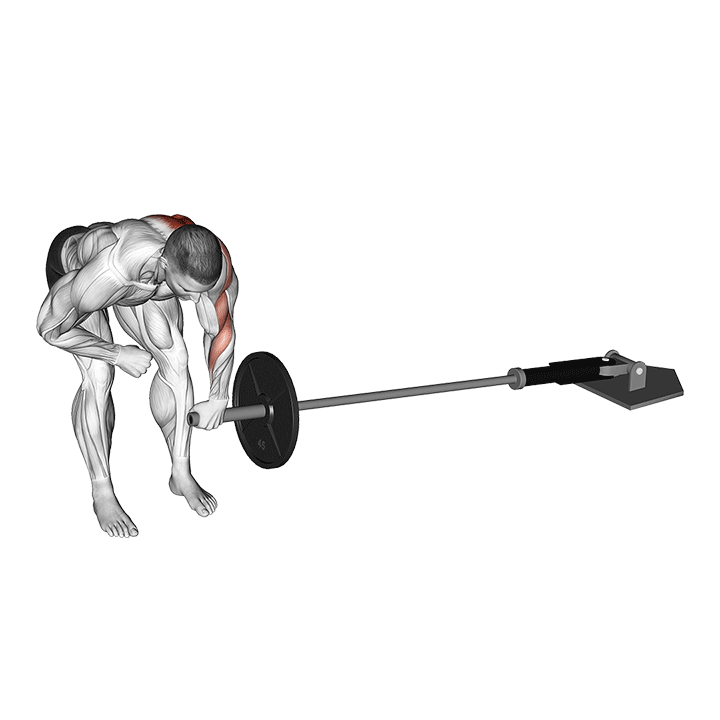
Not only does the single-arm landmine row replicate this effect, but so too does it build upon it by placing the object of resistance at an angle away from the torso, thereby activating the posterior deltoid head and latissimus dorsi to a greater extent.
This activation, of course, is alongside the full back muscle recruitment that is a natural part of all weighted row exercises.
Unfortunately, the landmine single-arm row is rather equipment intensive in comparison to the renegade row, requiring a landmine attachment, barbell, set of weight plates and enough space to perform the movement safely - presenting one possible caveat to such a substitution.
3. Upright Row
Unlike the previous two alternatives mentioned in this article, the upright row instead focuses on the smaller muscle groups involved in the performance of the renegade row, those being; the serratus anterior, the lateral and anterior deltoid head, the brachialis along the forearm and the biceps brachii - all while also recruiting much of the upper back.
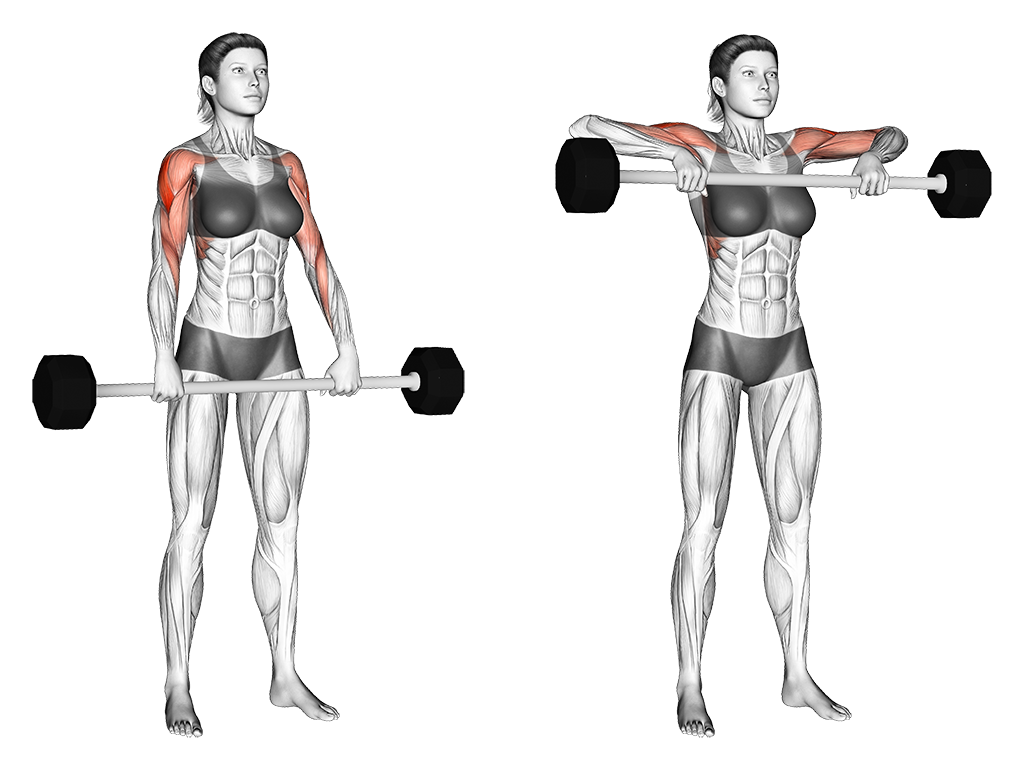
This makes the upright row the perfect substitute to the renegade row for the purposes of replicating much of its secondary mover muscle and synergist muscle recruitment - creating a particularly cohesive pull-muscle workout when combined with another back muscle targeting lift as well.
However, due to the mechanics and form of the upright row, the exerciser will experience somewhat greater tension being placed on their shoulder and elbow joints, thereby increasing the risk of injury if improper form adhesion or excessive loading is a factor.
Dumbbell Alternatives to the Renegade Row
One manner of recreating the unilateral movements of the renegade row is by using a dumbbell-based alternative, of which will also result in greater synergist muscle recruitment due to each side of the body having to self-stabilize independently of the other.
In addition to such a benefit, the renegade row is also normally performed with dumbbells as well - requiring that no additional equipment be acquired in order to perform a substitute exercise.
1. Single Arm Dumbbell Power Snatch
For an alternative that uses the same equipment as the renegade row, replicates its unilateral movement and trains much of the same muscle groups (save for the lower back) in a dynamic manner.
As the single arm dumbbell power snatch activates the deltoids, abdominal muscles, gluteal muscles, trapezius, biceps brachii and trapezius to a significant extent, it is only the latissimus dorsi and the musculature of the lower back that is relegated to an isometric recruitment capacity - creating a possible alternative for exercisers wishing to reduce their back muscle volume in their workout.
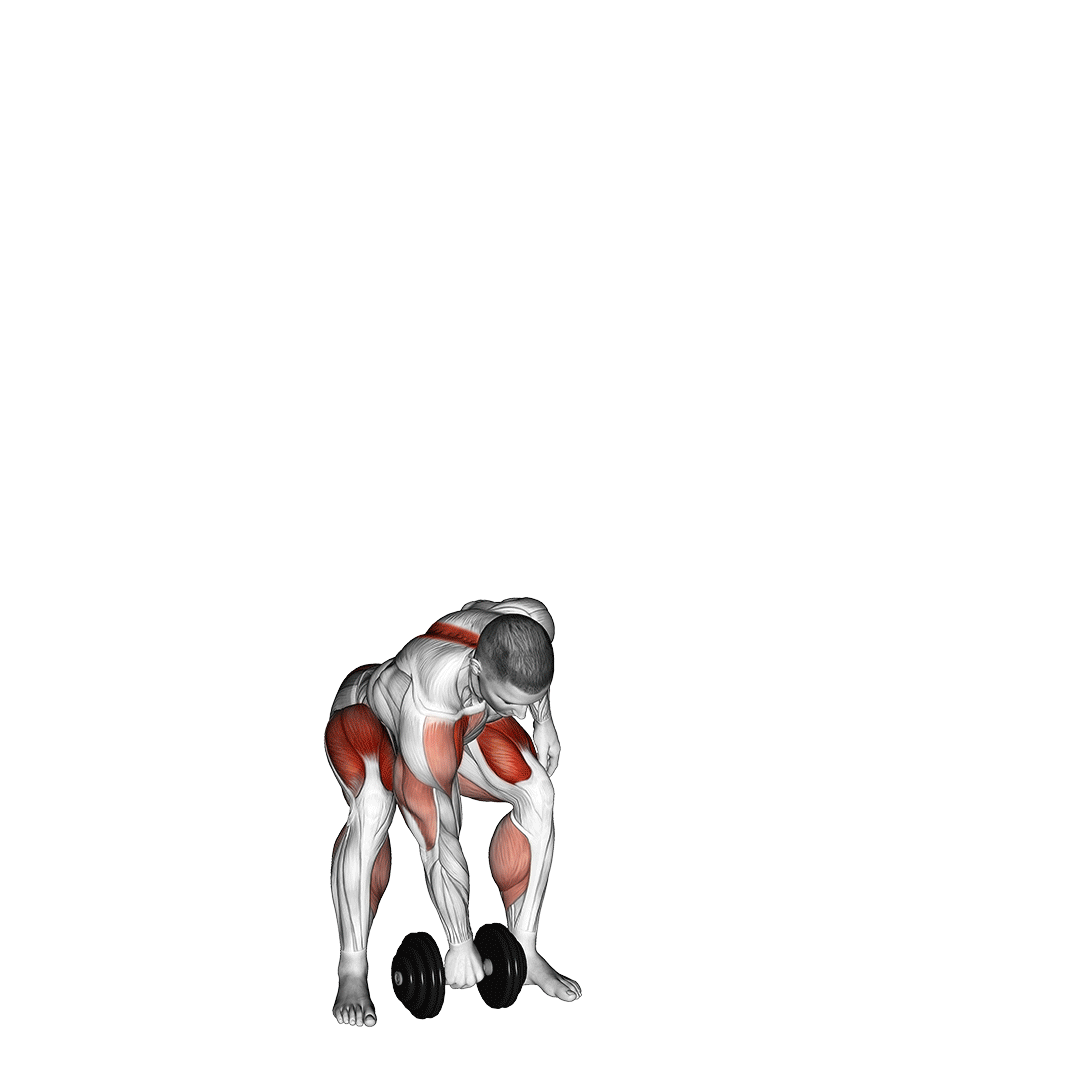
In addition to these benefits, the single arm dumbbell power snatch, as its name implies, builds significant explosiveness and muscular power in the exerciser, creating a functional movement suitable for carryover to many athletic activities.
When choosing to substitute the renegade row for the single arm dumbbell power snatch, exercisers will find that the significantly higher exertion of the latter exercise combined with its reduction in back muscle training stimulus will require some alterations in their training program.
These changes will primarily involve an increase in back muscle isolation exercise volume alongside a reduction in total volume per set of the dumbbell power snatch, unless otherwise required by the exerciser’s goals.
2. Dumbbell Bench YTW Raises
The dumbbell bench YTW is an exercise that places the exerciser in a similar position to the renegade row, though without the involvement of the core muscles as the bench supports their trunk and therefore allows greater contraction of other primary mover muscles instead.
The dumbbell YTW recruits such muscles as the trapezius, posterior deltoid head, rhomboids and latissimus dorsi - perfectly matching the muscular activation pattern of the renegade row, save for the erector spinae and biceps brachii.
In terms of biomechanics and kinetic movement pattern, the dumbbell bench YTW utilizes shoulder joint rotation alongside scapular retraction at a full range of motion, making it not only excellent at developing all the same muscle groups as the renegade row, but also as a possible rehabilitative exercise if performed at a lower intensity.
As this particular substitute recreates the intensity, movement and muscle group activation of the renegade row, very little alteration in the training program will be required apart from the addition of more core muscle isometric recruitment volume, if so desired by the exerciser.
Miscellaneous Alternatives to the Renegade Row
1. Bodyweight Archer Rows
One possible alternative to the renegade row that requires little to no equipment is that of the archer row; an exercise functionally similar to the inverted bodyweight row but with the semi-unilateral muscular activation of the renegade row, all supported by the core muscle activation and moderate intensity shared by either exercise.
As the bodyweight archer row imparts the same muscular activation pattern, exercise intensity and mechanics as the renegade row - programming it into ones workout will not require any alteration in total volume or exercise order, save for if the archer row is not as intense as the renegade row originally was, thereby requiring additional volume be added to the former exercise.
2. Cable High Row
The cable high row is most often used as a secondary compound exercise meant to develop the teres major, latissimus dorsi muscles and many other muscles that make up the upper and middle back - much like the renegade row.
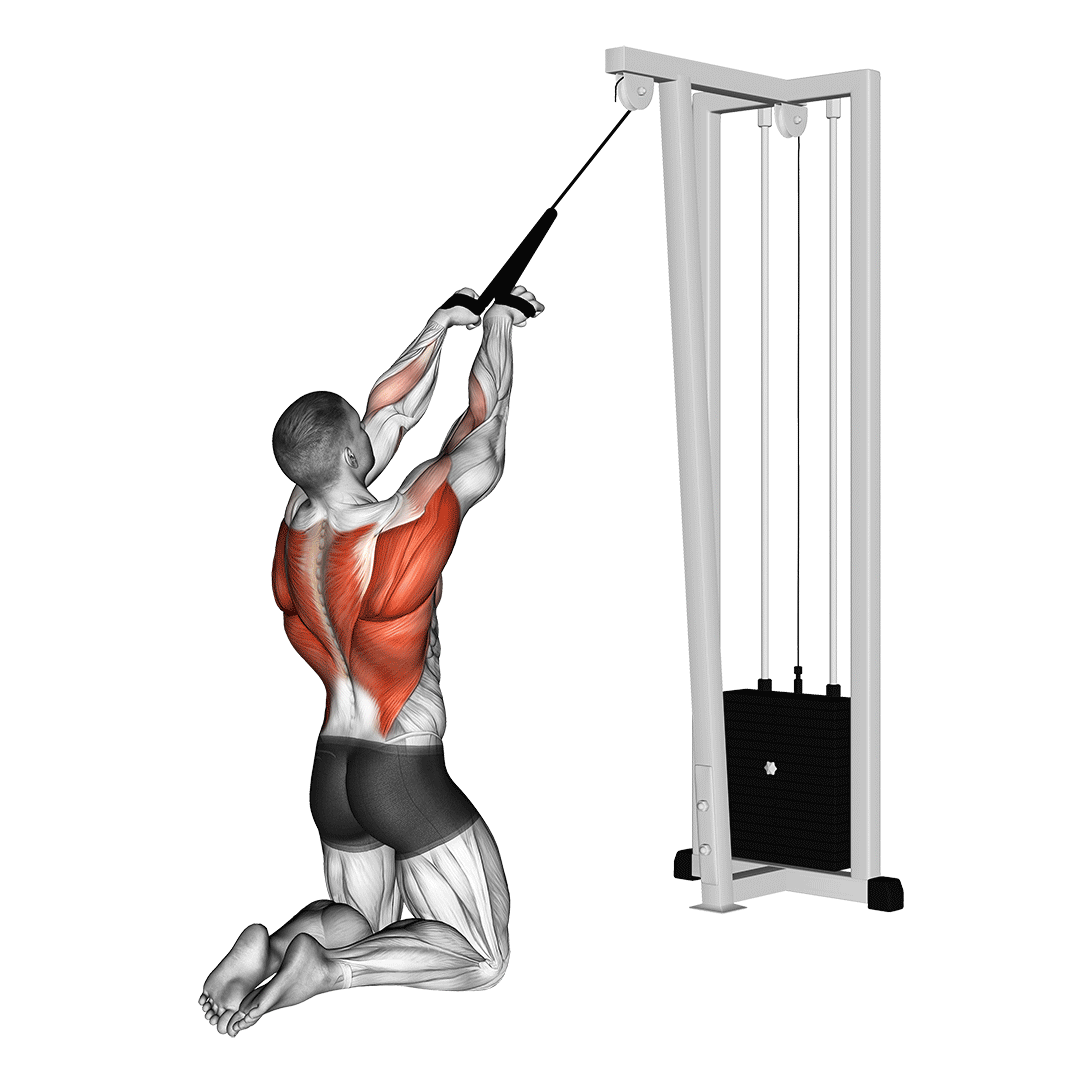
Due to the machine-based nature of the cable high row, a reduced recruitment of stabilizer muscles normally activated by the renegade row will be present, especially in such muscles like the lateral deltoid head and the pectoral muscles.
Inversely however, this equates to greater and more targeted activation of the trapezius, lats and various other primary mover muscles; creating a substitute exercise that excels in specificity and recruitment, as is needed in bodybuilding or for athletes with areas of weakness.
When substituting the renegade row with the cable high row, a greater amount of volume per set may be required due to the reduced intensity and exertion induced by the latter movement - though no other alteration in the workout itself will be required.
References
1. Unknown author. (2021) “Full Body/Integrated Exercises Renegade Row” ACE American Council on Exercise Retrieved on (30/07/2022) from: (https://www.acefitness.org/resources/everyone/exercise-library/355/renegade-row/)
2. Paine R, Voight ML. The role of the scapula. Int J Sports Phys Ther. 2013 Oct;8(5):617-29. PMID: 24175141; PMCID: PMC3811730.
3. Lehman GJ, Buchan DD, Lundy A, Myers N, Nalborczyk A. Variations in muscle activation levels during traditional latissimus dorsi weight training exercises: An experimental study. Dyn Med. 2004 Jun 30;3(1):4. doi: 10.1186/1476-5918-3-4. PMID: 15228624; PMCID: PMC449729.
4. Ekstrom RA, Donatelli RA, Soderberg GL. Surface electromyographic analysis of exercises for the trapezius and serratus anterior muscles. J Orthop Sports Phys Ther. 2003 May;33(5):247-58. doi: 10.2519/jospt.2003.33.5.247. PMID: 12774999.

